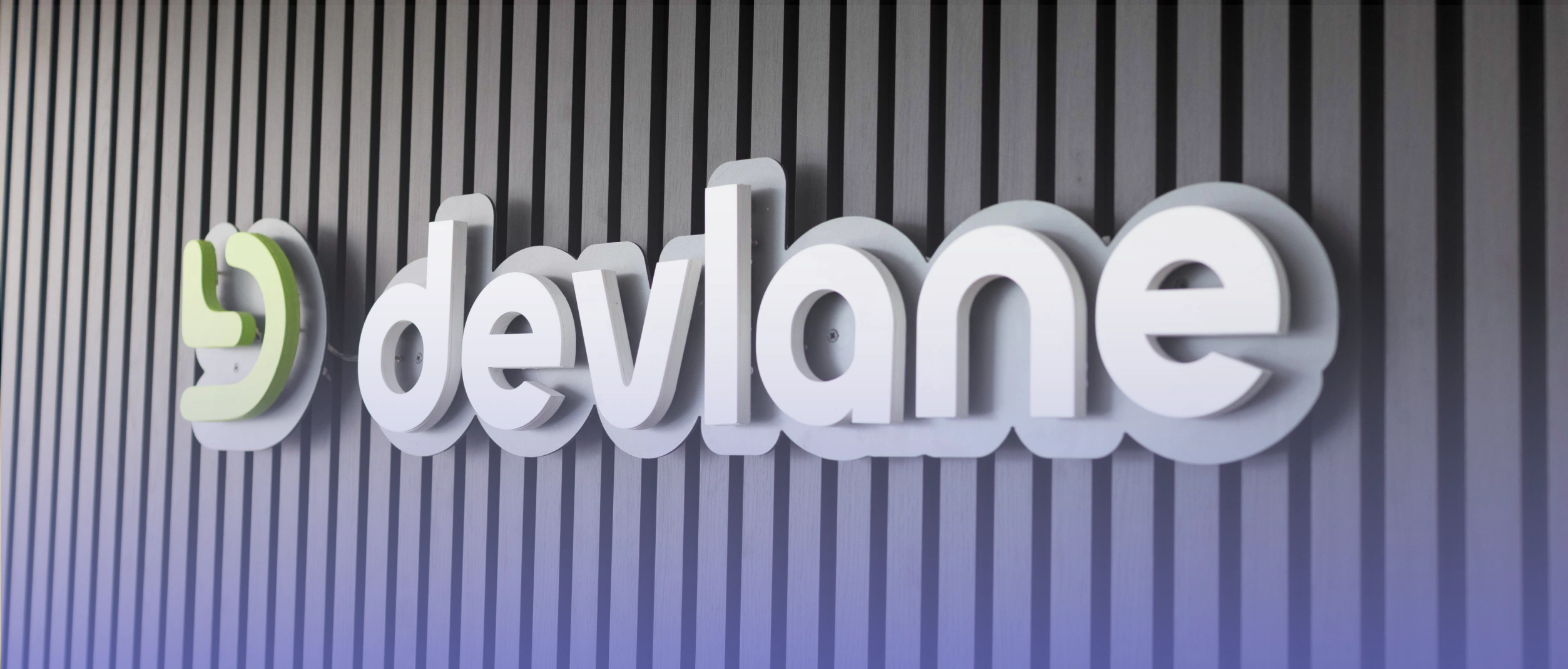React: The web framework everybody uses

What is React?
Software engineer Jordane Walke launched React.js in 2011. React is a JavaScript library for component-based declarative UIs, and it handles the view layer for online and mobile apps. React aims to be extensive, quick, declarative, adaptable, and straightforward.
React is a library. React renders UIs and leaves much to individual projects, and the stack is the standard ReactJS application development toolkit.
Variant of React
Here is a summary of the components discussed:
Pure Components — Pure Components are functional components that automatically perform the shouldComponentUpdate() method whenever needed. Only re-renders if the state or props have been modified from their initial state or props state.
Higher-Order Components-- Higher-Order Components are functions that, depending on the data in an array, return either a single component or numerous components.
Functional Components —"Functional Components" refers to functions that return JSX. You can accomplish more with the help of React Hooks.
Class Components — Class Components can manipulate other classes' state, props, and lifecycle methods.
Why We Use React for Web Development
Clean user interfaces for data visualization, web and custom mobile applications, SaaS apps, education portals, high-load systems, CRM, and ERP software are developed more quickly with React.js. Many of our use cases are driven by this robust front-end development tool.
The ability to write scalable front-ends for web applications; predictability; and, finally, its component-oriented architecture, which helps us to reduce development efforts; the progressive nature of the language; the capability to respond to ongoing changes in a web development world; the scalability of the language; the predictability of the language; the ability to reuse the same code base for numerous software solutions; the simplification of QA testing and workflows; the size of the active and helpful community.
When To Use React
Use React if your frontend UI has many moving parts and requires a lot of user input. Writing code that links time to the underlying business logic and implements all the different interactive features is a hassle. Because React handles the low-level algorithm, you can concentrate on the view model of the user interface.Furthermore, if your current codebase is becoming unmanageable, you should consider switching to React. Discipline is needed while writing thousands of lines of code for a user interface.
Otherwise, simple troubleshooting would become impossible as the codebase becomes too complex.
Using React's virtual DOM, you can keep your website's performance high and your user’s content high. Using React is a good idea regardless of whether it involves the user interface (UI) because it facilitates the acquisition of skilled workers.
As a result of React's success, many programmers now have proficiency in it.
Benefits of using React
Reusable Components
New applications can be built using the reusable components provided by ReactJS. For a programmer, reusability is a solution. Because of the platform's design, developers may take any react component written for one app and use it in another app doing the same thing. This results in less time spent on development without preceding quality. By design, developers may reuse React JS components as often as needed. Furthermore, modifying one part of the application does not affect other parts. You'd be mistaken to assume that react is limited to web design and development. Facebook's React Native technology is already available for developing mobile apps for both Android and iOS.
High Performance
React.js ensures minimal overhead while implementing new code using a virtual DOM and server-side rendering. As was said before, this technique allows even the most resource-intensive programs to perform at lightning speed.
Ease of Learning
React.js experts have JavaScript or essential programming experience, and its simple syntax and JavaScript support make it easier to understand than Angular or Ember. Thus, enterprises may develop digital products faster. Since React is easy to understand, many developers are ready to join a new project.
Dynamic Components
React makes interactive content without affecting app performance. With modern technology, just the altered nodes need to be redrawn. Dynamic design features that respond instantly to manipulation can engage consumers.
SEO-friendliness
React.js reduces page load time and renders quickly. It simplifies JavaScript-heavy web page read processes and overcomes current web browser limits.
Powerful Community Support
The React.js community is prepared to offer instant assistance to newbies and seasoned developers thanks to the backing of individual contributors. As a bonus, it supports Facebook and Instagram's core developers.
Rapid Rendering
To ensure quick rendering times, it's essential to plan out the architecture of a complicated, high-load program from the get-go. Because of the tree structure of the DOM, seemingly minor modifications at the root can have far-reaching effects on child nodes.
Because of this issue, Facebook has implemented a virtual DOM. All changes may be evaluated for safety before implementation using a simulated DOM. This method aids in app performance and enhances the user experience.
Competent Data Binding
In comparison to one-way data binding, ReactJS is behind. To allow anyone to monitor the history of edits to specific data sections. One example of its ease of use is this.
Simplicity of debugging
Producing items that can compete in a competitive market requires a web app that can easily be tested. In addition, React does a decent job of developing a clean codebase that lets you trace errors down to specific functions, events, or outputs.
Wonderful Developer Tools
React is not just an extensive framework for making UIs, but the React Developer Tools, a set of extensions for the Chrome and Firefox web browsers, also back it. Tools are developed and maintained by Facebook, with the most recent release being on June 1, 2022. More than 3,000,000 people have tried them out, too!
Final thought
It's easy to see why everyone talks about React and why you should use it immediately. The development time is significantly reduced using React because of its simplicity, efficiency, and cleanliness. An interface that is both dynamic and interactive may make a difference.
Other Blog Posts

What 2025 meant for Devlane: A year of growth and innovation







